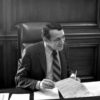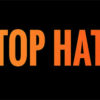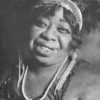Give Them Hope: Creating Movements, Building Bridges

Students will learn about the life and accomplishments of Harvey Milk. Harvey Milk was an American politician who became the first openly gay man to be elected to public office in the United States. Harvey Milk used a simple problem that affected the everyday lives of San Francisco’s residents to gain support from people outside of the LGBTQ community and work on larger issues.








